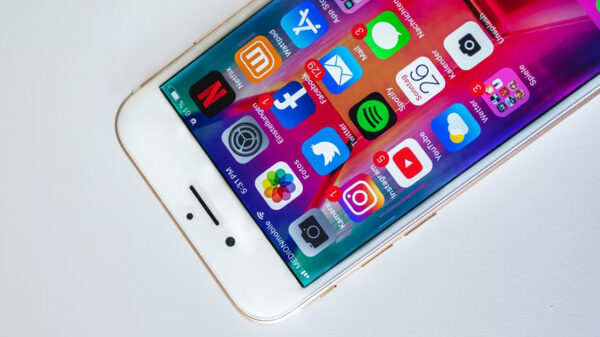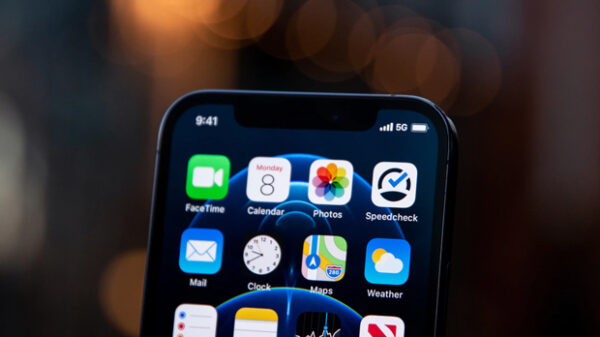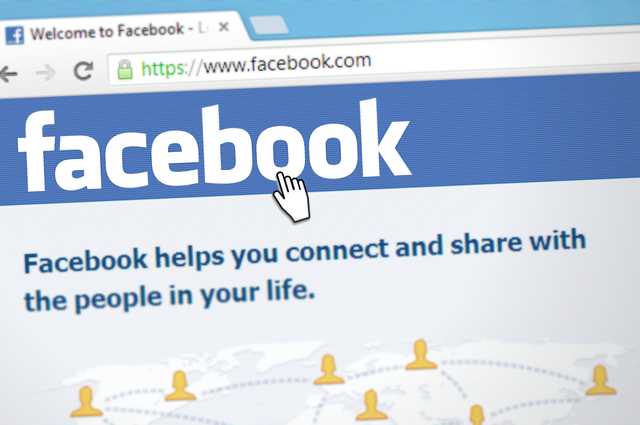The burgeoning ownership of mobile devices is spurring the rapid growth of Internet usage in the Philippines, according to the latest Nielsen PinoyNetizen report, released this week.
The report shows Internet penetration (chart 1) nearly doubled in the past four years, up from 27 percent in 2010 to 52 percent in 2014.
When connecting to the Internet, Filipinos prefer to use a mobile device than a desktop computer. Notably, the use of desktop computers to access the Internet shows a significant decline from 63 percent in the last quarter of 2012 to 35 percent in the first quarter of 2014.
Use of mobile phones to access the Internet (chart 2) is now equal to desktops (35%). While desktop usage was on the decrease, the use of laptop to access the Internet remained stable at 41 percent and is now the most commonly used device to access the Internet.

“Filipinos are demanding fast, convenient and on-the-go access to the Internet,” observes Stuart Jamieson, managing director of Nielsen Philippines. “Mobile devices are effectively addressing this demand, and as a result, web users are migrating away from traditional PCs to connected devices as a means of accessing information online.”
More Filipinos spending time online
Growing proportionately with increasing use of mobile devices to access the Internet is the frequency with which netizens go online and the amount of time they spend online.
Among home Internet users, almost six in 10 (58%) are online daily in Q1 2014, against 23 percent in Q4 2013. While connected, 33 percent say that they spend more than two hours a day online, compared to the previous quarter’s proportions of 28 percent on weekdays and 26 percent on weekends.

“As mobile penetration rises and getting online becomes easier than ever, consumers are staying online for increasing lengths of time,” noted Jamieson. “As such, connected devices are providing exciting opportunities for brands to connect with consumers, and in the coming years organizations need to understand and leverage this behavioral shift to help strengthen their engagement with their customers.”
While accessing the Internet at home, 95 percent of netizens visit social networking sites, while 44 percent play online games (chart 3).
“While entry points for online usage are social networking and gaming, the consumer’s world is becoming borderless with vast options and activities that can be conducted online,” shares Jamieson.
While on one hand the uplift in Internet usage presents opportunities to get nearer to consumers, on the other hand increasing media fragmentation is making it harder than ever to capture consumers’ attention. Marketers need to seek out new and innovative ways to differentiate and stand out from the crowd.”


















































































































